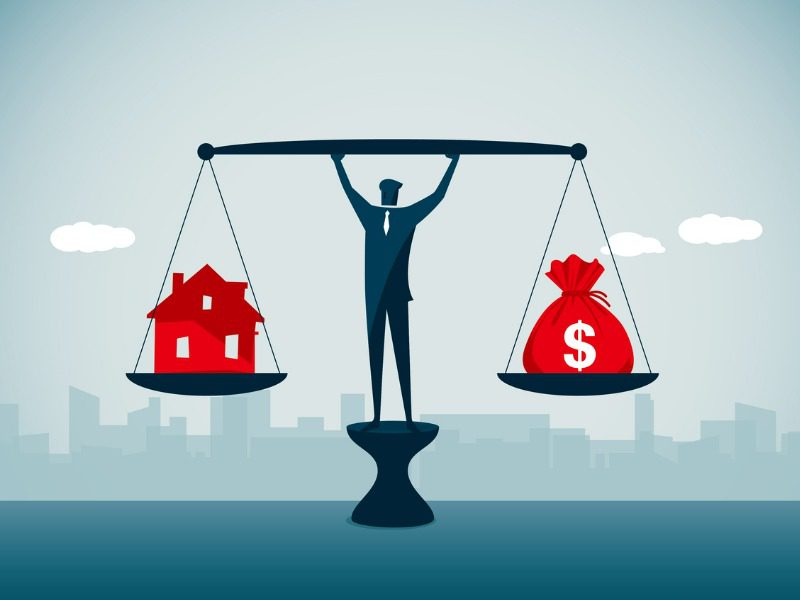How to ensure your clients’ property values are accurate amid volatility

Inaccurate property values were an industry-wide challenge in construction even before the pandemic brought economic volatility. So, how can you accurately quantify an insured’s risk when the pricing is so volatile?
Clients are at risk of being underinsured when reported values and losses are not aligned, said speakers in a panel discussion at the recent RIMS Canada Conference in Halifax. But insurers can make sure their client’s values are accurate by reporting values year-by-year — or even more frequently.
Construction cost increases, due to factors such as increased commodity prices, supply chain shortages and increased demand for construction materials are affecting values, panellists said.
“I see some people [say], ‘Well, what we’re seeing is that the reported values versus the losses are not always in line,’” said Luc Bissonnette, vice-president & branch manager, Eastern Canada at FM Global Bissonnette.
“Let’s say we take a water-damage loss that happened two years ago [to a building]. [If] that same water-damage loss happens today, it’s not a 14% or 20% [increase]. We’re now talking 30, 50, 70%, higher.”
The solution? Insurers should be reviewing reported values even more frequently than before.
“We try to look at [values] year-to-year but I have heard recently some clients are now reporting values every six months to ensure that they’re not under-insured,” Bissonnette said. However, this is dependent on your policy, he says.
Coinsurance policies — which require the owner of a damaged property to have another policy covering a vast majority of the cash value of the property at the time of damage in order to collect the full amount insured — may especially be inaccurate if clients don’t look at their numbers regularly.
“The reason coinsurance is there is to give you that threshold for change,” said Devin Baker, manager of business development at Suncorp Valuations. “The threshold for change has just dramatically shifted in the last year where, you can do everything right, [but] if you insured a year ago accurately, you’re probably 14% off right now. And if you have 100% coinsurance, you’re outside that limit right now.”
Ultimately, “you have to look at your numbers and make sure you have enough insurance,” Baker said. “We’re probably getting back to that becoming an annual exercise, but right now we’re at that precipice where it’s going to take some time for prices to come back down. They probably will never come back down [to] pre-COVID [levels].”
Lumber prices, for example, have been volatile throughout the COVID-19 pandemic.
“Prior to COVID, lumber prices sat around US$350 per 1,000 board [feet]. At the peak, we hit north of $1,400. We’re back down to about $570 [as of mid-September]. So, we’re still nearly 50% above pre-COVID levels,” Baker said.
While the current rising cost of lumber and other supply chain issues can affect values suddenly, inaccurate values were a challenge even before the pandemic.
Bissonnette said five to six years ago, FM Global found an inconsistency with reported values in almost a quarter of their losses. “That was before the pandemic. [But] the volatility these days is just making the issue bigger.”
Feature image by iStock.com/erhui1979



